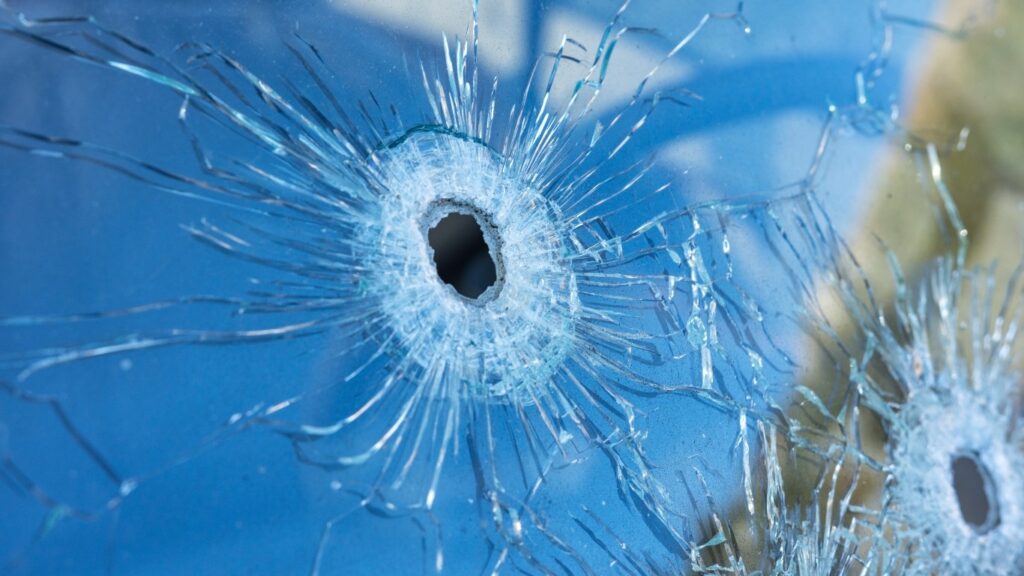<p> [ad_1]<br />
</p>
<div>
<div class="entry-content column content primary is-two-thirds">
<div class="" style="padding-bottom: 10px;">
<div class="">
<p>
						<span class="tag is-dark is-uppercase">Special Report</span>
				</p>
<div class="byline-container">
<div class="post-date is-italic has-text-grey is-size-7 has-text-weight-medium ">
<p>December 29, 2022 3:16 pm</p>
</p></div>
</p></div>
</p></div>
</p></div>
</p></div>
<p><span style="font-weight: 400;">Gun control laws vary across the U.S., a</span><span style="font-weight: 400;">nd five stat</span><span style="font-weight: 400;">es and the District of Columbia currently impose a waiting period on prospective gun buyers. Waiting periods mandate that a specific amount of time must elapse between when a gun is purchased and when the buyer can possess it. Depending on the state, waiting periods range from three days to two weeks.</span></p>
<p><span style="font-weight: 400;">Designed to reduce the likelihood of an impulsive act of violence, waiting periods have been shown, in some studies, to reduce rates of firearm suicide </span><span style="font-weight: 400;">by 7% to 11%, a</span><span style="font-weight: 400;">nd gun-related homicides by about 17%. (Here is a look at </span><span style="font-weight: 400;">the states where gun related crimes are surging.</span><span style="font-weight: 400;">) </span></p>
<p><span style="font-weight: 400;">Though waiting periods may reduce gun violence to a degree, in reality, most firearms that wind up at crime scenes were purchased years prior. Among all known firearms linked to a crime in 2021, an average of 6.2 years has elapsed between the retail sale of the firearm and when it was recovered by law enforcement, according to the Bureau of Alcohol, Tobacco, Firearms, and Explosives. This measure, known as “time-to-crime,” can vary substantially from state to state, and these variations have meaningful implications. </span></p>
<p><span style="font-weight: 400;">Using data from the ATF, Darlinez News. identified the average time-to-crime for firearms in each state. All time-to-crime measures are for firearms traced by the ATF in 2021. We also considered the number of firearm background checks conducted by the FBI in 2021. Background checks are a proxy for gun sales. </span></p>
<p><span style="font-weight: 400;">Among the 50 states, the average time between when a gun is initially purchased and when it is recovered by police – typically at a crime scene – ranges from less than five years to nearly 16 years. For any given firearm, the ATF considers a time-to-crim</span><span style="font-weight: 400;">e of less t</span><span style="font-weight: 400;">han three years a potential red flag for gun trafficking. </span></p>
<p><span style="font-weight: 400;">While the average time-to-crime in the U.S. is well over the three-year threshold, in a majority of states – 27 total – over half of all firearms linked to a crime in 2021 were sold at a retailer less than three years before the associated crime took place. Depending on the state, anywhere from 2% to 16% of firearms found at crime scenes were initially purchased within three months of the date of the crime. (Here is a look at </span><span style="font-weight: 400;">the firearm calibers used the most to commit crimes in the U.S.)</span></p>
<p><span style="color: #008000;"><strong>Click here to see the states with the shortest time to crime for trafficked guns.</strong></span></p>
<p>				<!-- #post-footer--></p></div>

States With the Shortest Time to Crime for Trafficked Guns – Darlinez News.

